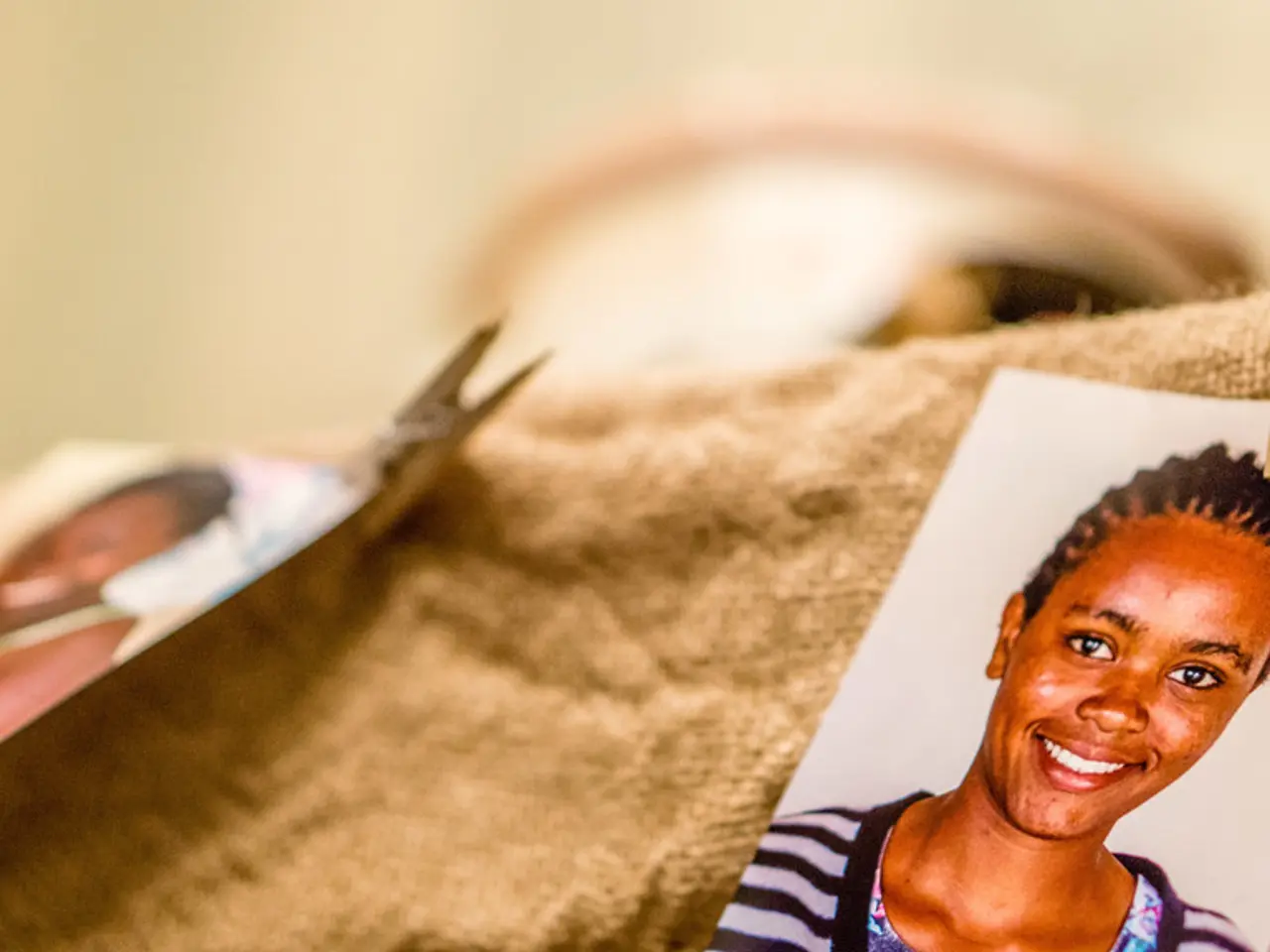Art Showcase at MNU Delves into Central Asia Via Perspectives of Western Adventurers
Unveiling Armin Vámbéry's Central Asian Sojourn
A peek into the past through Vámbéry's eyes
ASTANA - On April 29, the first exhibition of the series "Central Asia Through the Eyes of Western Explorers and Travelers of the 19th-20th Centuries" opened at Maqsut Narikbayev University (MNU). Curated by the esteemed Hungarian orientalist and traveler Armin Vámbéry, the exhibition transports visitors into the heart of a captivating, vibrant Central Asia. This historical event aims to shed light on the region's past, served through the prism of the West's ethnographers, travelers, orientalists, and linguists, including the renowned Vámbéry himself.
Vámbéry's contribution to understanding the Turkic world
A founding father in global Turkology, Vámbéry dived deep into the study of Turkic peoples, driven by his curiosity about the Hungarian tribe's origins in Central Asia. With no higher education, Vámbéry forged his path to knowledge, eventually becoming the founder of the world's first Turkology department. His linguistic and cultural studies paved the way for the cultivation of orientalism in Hungary and the adoption of the Turanist ideology, emphasizing cultural and ethnic ties between Hungarians and Turkic peoples.
An adventurous journey
Embarking on an exciting expedition at the age of 20, Vámbéry ventured to Istanbul and later assumed the role of secretary to the Ottoman foreign minister. His fluency in Turkish ensured his success, leading to the publication of linguistic works and a coveted position within the Hungarian Academy of Sciences at the tender age of 29. The Academy later funded his groundbreaking trip through the Ottoman Empire, Iran, the Khanate of Khiva, and the Emirate of Bukhara, all while disguised as a humble dervish.
Documenting Central Asian life
Vámbéry's perilous journey resulted in meticulous documentation of daily life, transforming into vivid accounts accompanied by detailed illustrations. Iconic landmarks such as the Khoja Ahmed Yassawi mausoleum in Turkistan became a testament to his exploration. The MNU exhibition features a unique printed copy from the first edition of Vámbéry's "Journey through Central Asia," published in 1868, offering visitors a glimpse into this fascinating era.
A bond between East and West
Western travelers and scholars, including Vámbéry, played a crucial role in unveiling Central Asia to the world and fostering dialogue between East and West. Scholars like Yerkin Tukumov, director of the Kazakhstan Institute for Strategic Studies, hail Vámbéry's journey as more than a scholarly endeavor—it was a quest for identity and connection between people.
Vámbéry's works remind us that true discovery lies not in maps or treaties, but in empathy, genuine interest, and mutual respect. His legacy remains an essential thread tying humanity's shared history together.
[1] Armin Vámbéry's contributions to Turkology, linguistic studies, and cultural research.[2] The importance of Vámbéry's expedition for understanding 19th-century Central Asian societies and the development of Orientalism in Hungary.[3] Vámbéry's influence on history, politics, and cultural dialogue between Eastern and Western civilizations.
- Armin Vámbéry, a renowned figure in Turkology, influenced both linguistic studies and cultural research with his comprehensive work on the Turkic world.
- The travelogues and illustrations documenting Vámbéry's journey through Central Asia during the 19th century serve as a striking showcase of local lifestyles and cultures, offering valuable insights into the region's past.
- Embarking on a transformative adventure at 20, Armin Vámbéry ventured through the Ottoman Empire, Iran, the Khanate of Khiva, and the Emirate of Bukhara, ultimately fostering a bond between East and West through his scholarship and travels.
- Curated exhibitions, such as the one at Maqsut Narikbayev University, celebrate the educational and self-development impact of Vámbéry's travels as they continue to inspire exploration, understanding, and appreciation of Central Asian history and cultural heritage.






